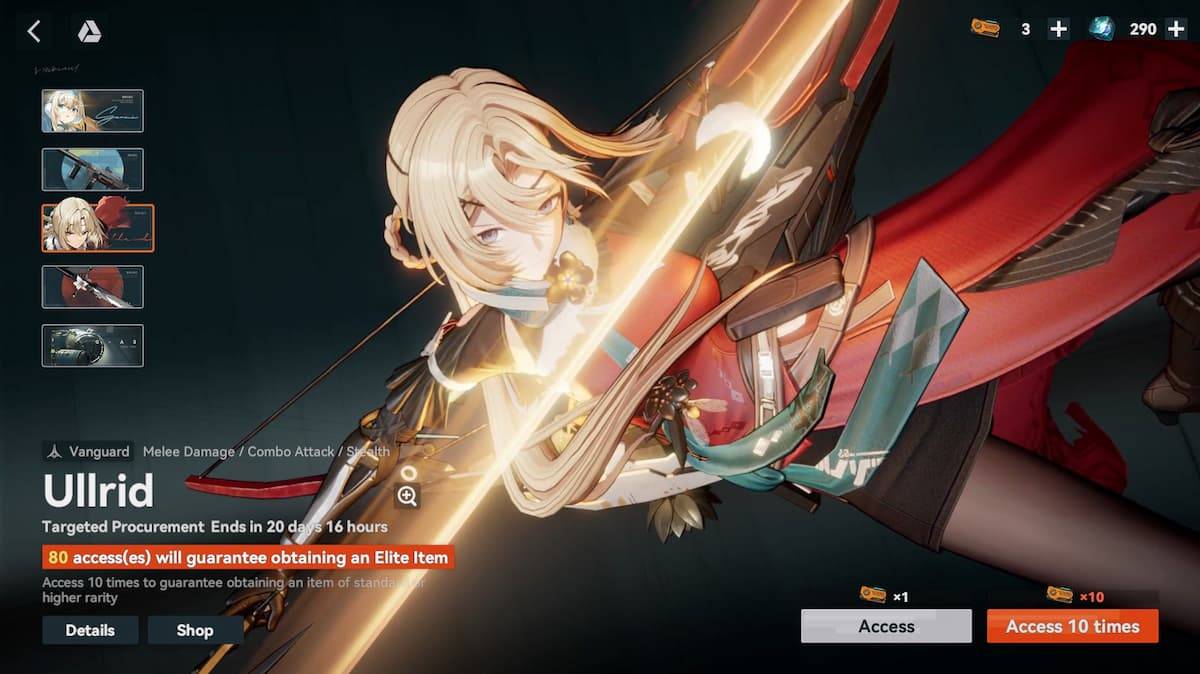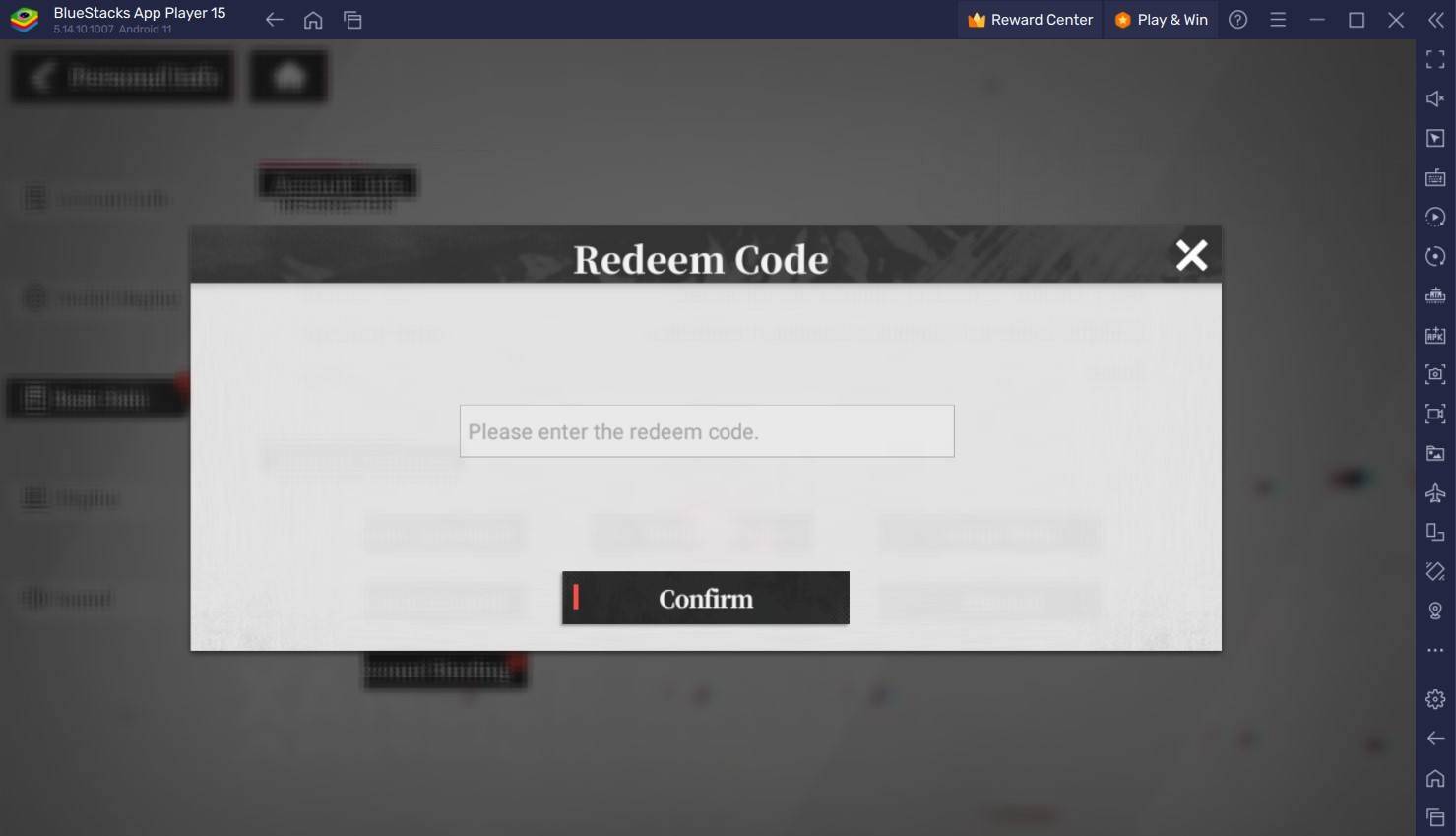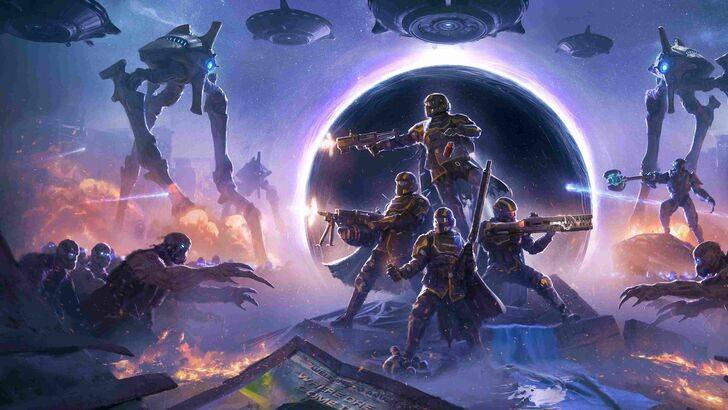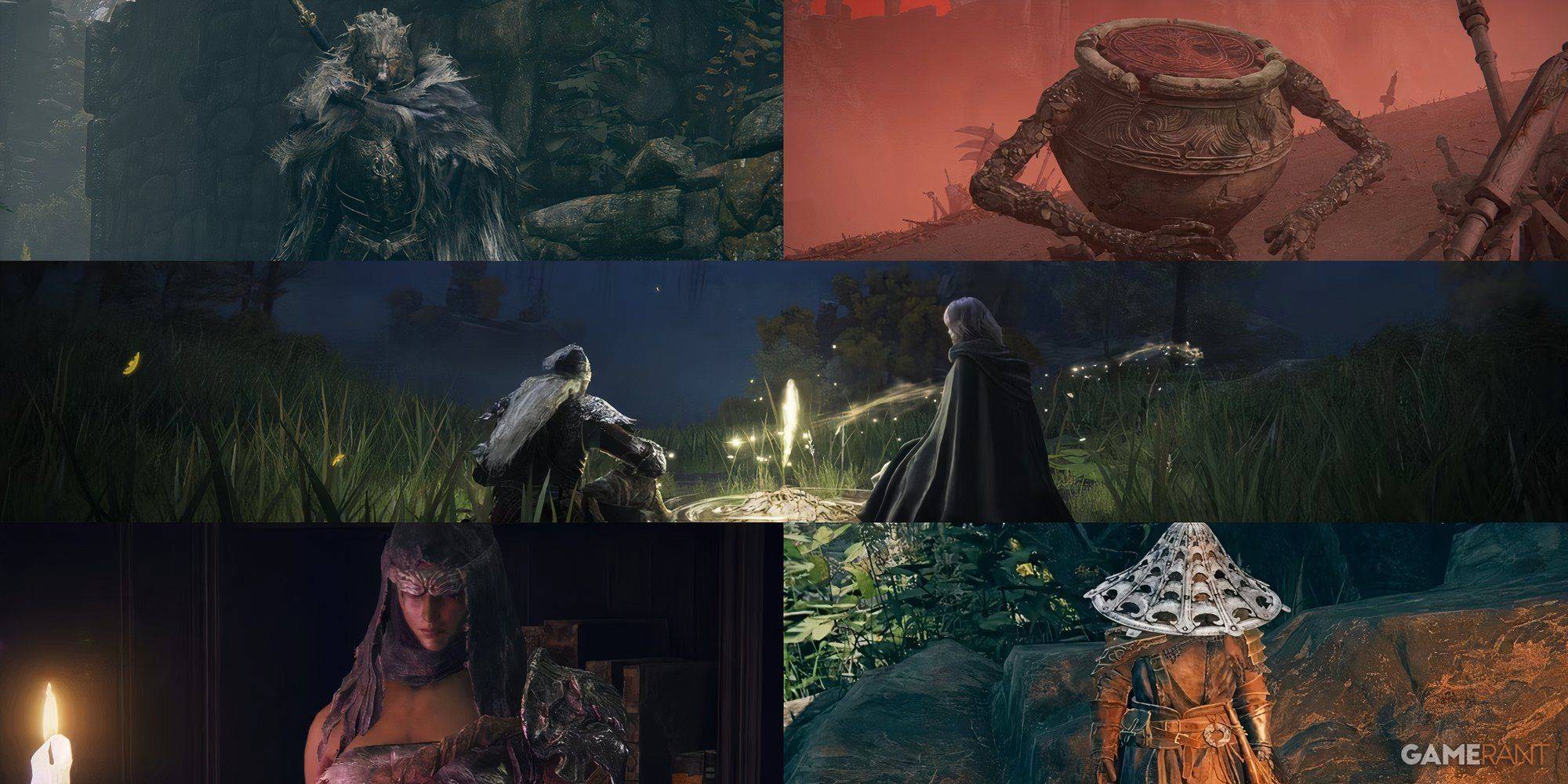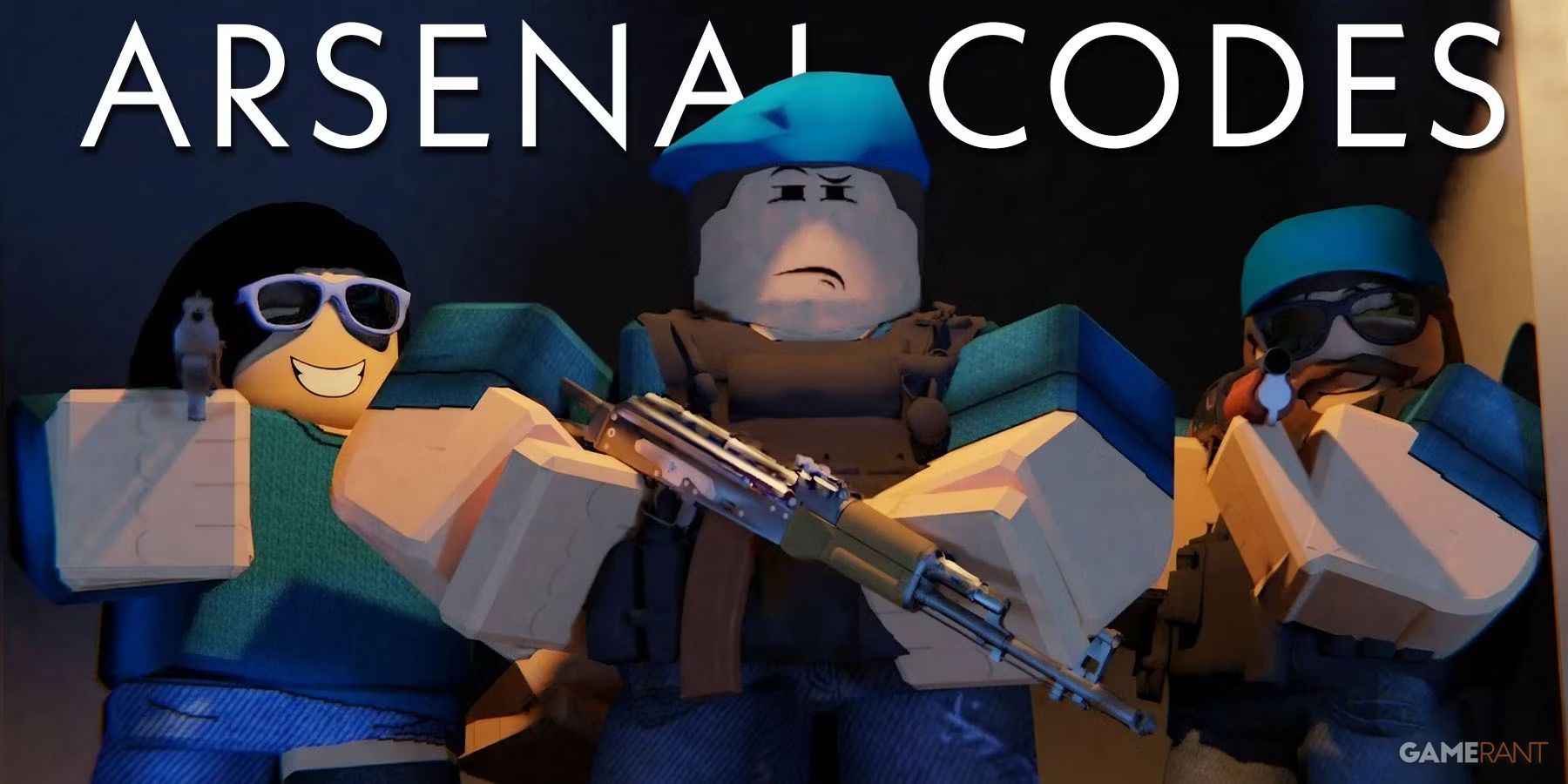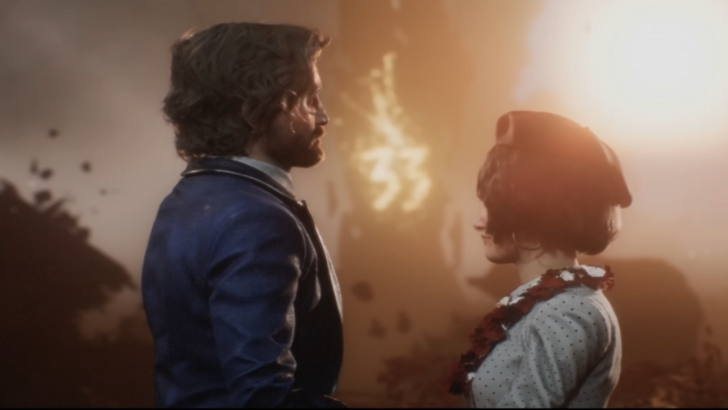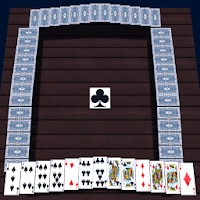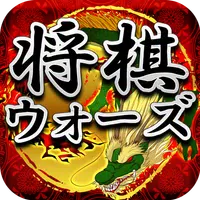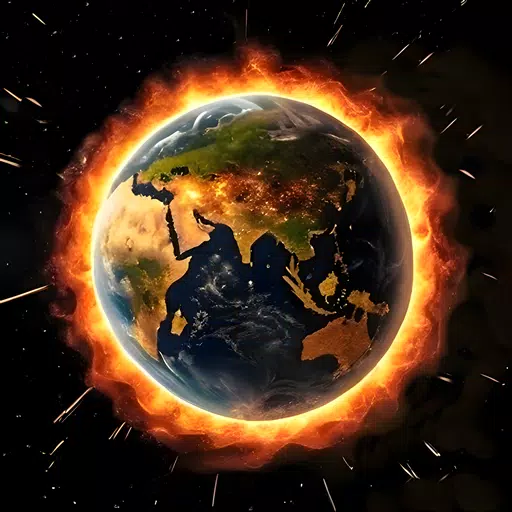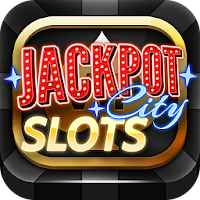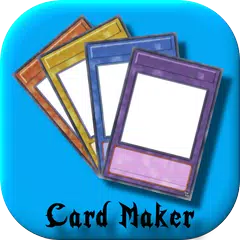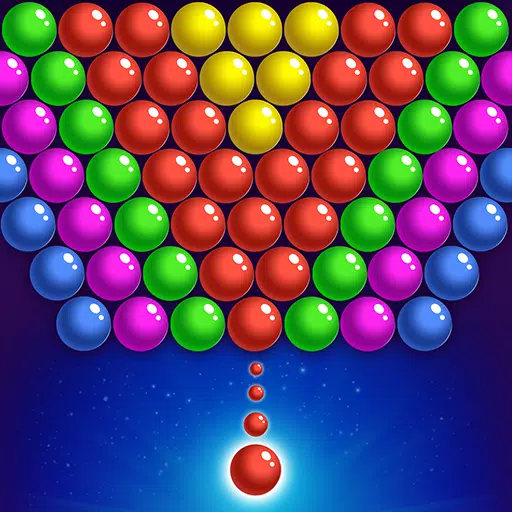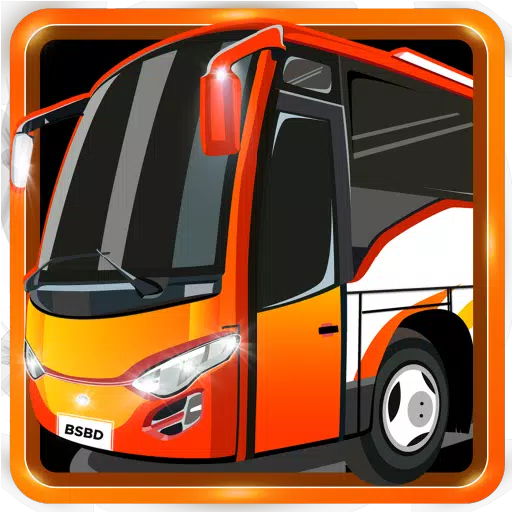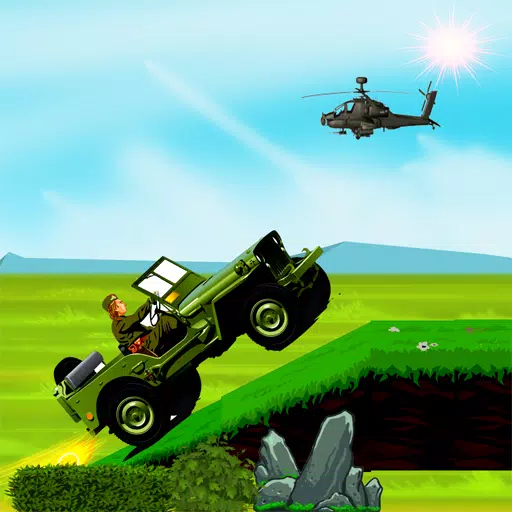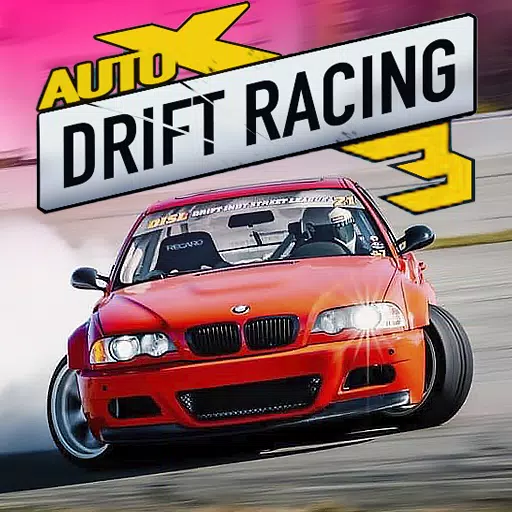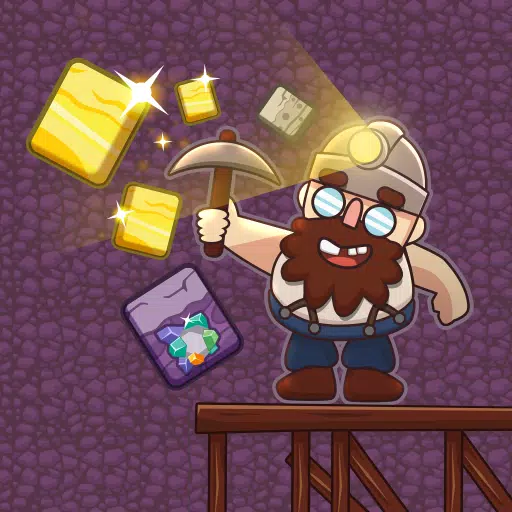Top Starter Pokemon by Generation
The most pivotal moment in any Pokémon game comes at the start—choosing your partner Pokémon. The first moment you lock eyes with the creature you’ll spend countless hours raising, bonding with, and sending into battle is truly special. This decision is often based on vibes and personal taste, making it feel like a personality test. However, when you make this choice, you have no idea how it will impact your journey to becoming a Pokémon master, as the gyms, rivals, and secrets of the region are yet to be unveiled.
We've done the research, analyzed base stats, and scrutinized every strength and weakness of every starter Pokémon and their evolutions. We've matched them against their native regions to determine the best starter pick, not just for the first few gyms, but to conquer the Elite Four and beyond. This is the first step to becoming a Pokémon master across all iterations.
Gen 1: Bulbasaur
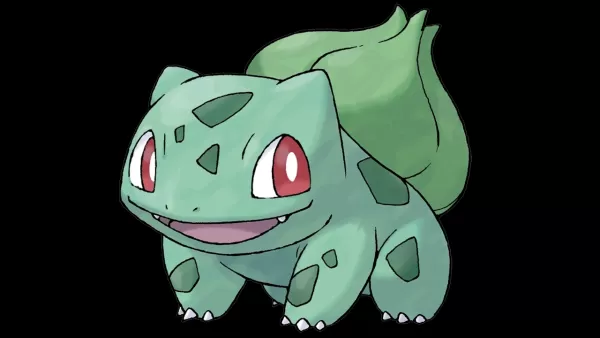 Games: Pokémon Red & Blue, FireRed & LeafGreen
Games: Pokémon Red & Blue, FireRed & LeafGreen
Starter options: Bulbasaur (grass), Charmander (fire), Squirtle (water)
Full guide: IGN's Pokémon Red, Blue, and Yellow guide
While it's the obvious choice to tackle the first gym in Pokémon Red and Blue (Grass beats Rock), Bulbasaur outshines both Charmander and Squirtle as the best starter pick for dominating the Kanto region.
Initial analysis might understandably lean towards Charmander. Fire types are a minority in Gen 1, and you often encounter Flying types (which are strong against Bulbasaur’s Grass) and the final gym is heavy on Ground types—something Charizard is immune to.
However, those who choose Bulbasaur will find themselves breezing through the majority of the game. The Grass type is super effective against Brock’s Rock Pokémon, Misty’s Water collection, and Giovanni’s final gym line-up, as well as being the best choice to take out the first two members of the Elite Four. The biggest challenges for Bulbasaur are Erika’s Grass type gym, where strategy is vital to overcoming the barrage of “not very effective” attacks, and Blaine’s Fire type gym, which can be defeated thanks to the abundance of Water types in Kanto.
Bulbasaur trainers will face some issues, particularly with the many Pidgeys and Spearows in tall grass, whose Flying typing poses a problem for anyone looking to grind to a high level. Thankfully, the numerous Ground and Rock types in caves provide ample opportunity for Bulbasaur to gain XP. Frequent encounters with Blue, whose Pidgeot and Charmander will be a consistent issue, can be mitigated by having a Water type on your team.
But Bulbasaur, with its well-balanced base stats, evolves into Venasaur, which is also a Poison-type, giving it a solid advantage over the other two offerings from Professor Oak.
Gen 2: Cyndaquil
 Games: Pokémon Gold & Silver, Crystal, HeartGold & SoulSilver
Games: Pokémon Gold & Silver, Crystal, HeartGold & SoulSilver
Starter options: Chikorita (grass), Cyndaquil (fire), Totodile (water)
Full guide: IGN's Pokémon Gold, Silver, and Crystal guide
Pokémon Gold and Silver introduced just eight new Fire types to the series, compared to 10 Grass and 18 Water types. This minority means choosing a powerful Fire Pokémon like Cyndaquil from the start adds significant diversity to your team. More importantly, Cyndaquil proves to be the best matchup for the majority of gyms and Elite Four members in Johto.
Bugsy’s Bug type gym and Jasmine’s Steel type gym will easily fall to a few Embers and Flame Wheels from Cyndaquil and its evolutions. The same cannot be said for the adorable Water type Totodile, with no Fire, Ground, or Rock gyms for it to dismantle. Grass type Chikorita (or more likely her third form, Meganium) would excel in Pryce’s Ice gym but struggle with the early Bug and Flying type gyms, as well as Morty’s Poison type gym. Pryce will pose a problem for Cyndaquil, so you’ll want to assemble a well-balanced team to get through that penultimate gym, but you’ll have ample time to do so.
Cyndaquil’s advantage extends to the Grass and Bug types scattered throughout the Elite Four’s roster. While all four teams are well-balanced enough to challenge you no matter your starter, the many Poison types and Lance’s team of Dragon/Flying types make it a no-go zone for Meganium. Meanwhile, Totodile’s final evolution, Feraligatr, would hold its own against many of these Pokémon, but won’t blaze through them like Typhlosion will.
Choosing Cyndaquil does come with its issues. Many Rock and Ground Pokémon in caves and Lance’s team, including a Charizard and a Gyarados, will require solid strategy to overcome, but these challenges are less severe compared to what Chikorita and Totodile face.
Gen 3: Mudkip
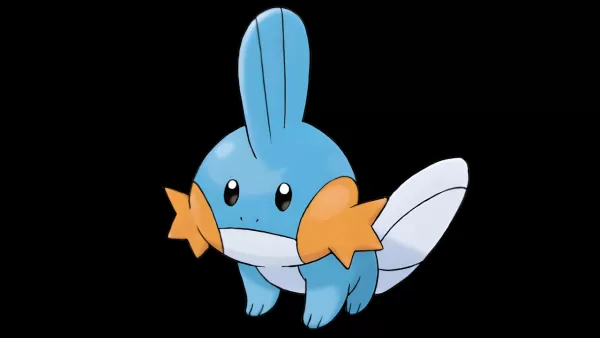 Games: Pokémon Ruby & Sapphire, Emerald, Omega Ruby & Alpha Sapphire
Games: Pokémon Ruby & Sapphire, Emerald, Omega Ruby & Alpha Sapphire
Starter options: Treecko (grass), Torchic (fire), Mudkip (water)
Full guide: IGN's Pokémon Ruby, Sapphire, and Emerald guide
You might pick Mudkip because you think it's neat, but the reasons to go with a Water type for Pokémon Ruby and Sapphire run deeper. In terms of gyms, Water type Mudkip has competition from the Grass type Treecko as both are super effective against three of the eight. They both have an advantage in Roxanne’s and Tate & Liza’s Rock/Ground gyms, while Mudkip is best suited to take on Flannery’s Fire gym and Treecko for Wallace’s Water gym.
By the time you reach Wallace, Treecko would have likely evolved into Sceptile, as Sootopolis City houses the final gym. This is significant, but Treecko’s Grass typing puts it at a disadvantage in battles with Flannery and Winona’s Flying type lineup. Mudkip, on the other hand, will struggle with just the one gym—Wattson’s Electric type gym early on in Mauville City. Your third option, Torchic, doesn’t really enter the conversation here, with Fire types being super effective against none of the gyms and Fighting (a type gained by Torchic’s third form, Blaziken), only super effective against one, not to mention being at a massive disadvantage for Wallace’s battle.
The makeup of the Elite Four can give a slight advantage to Treecko’s final form, Sceptile, as you encounter Glacia’s Ice/Water Pokémon and a few Grass Pokémon along the way, which will cause Swampert (Mudkip’s third evolution) some issues. However, as Mudkip evolves into its final form, it gains Ground typing and well-balanced stats, which give it a huge defensive boost, becoming immune to Electric and with only Grass as its weakness. This makes Swampert able to power through battles where it might usually be the underdog.
Another consideration is the amount of water in the Hoenn region, which can make random encounters a bit of a grind, but Mudkip shows enough advantages in other areas to overcome this obstacle. Bonus points for being the cutest of the bunch.
Gen 4: Chimchar
 Games: Pokémon Diamond & Pearl, Platinum, Brilliant Diamond & Shining Pearl
Games: Pokémon Diamond & Pearl, Platinum, Brilliant Diamond & Shining Pearl
Starter options: Turtwig (grass), Chimchar (fire), Piplup (water)
Full guide: IGN's Pokémon Diamond, Pearl, and Platinum guide
Continuing the trend from the very first game, Pokémon Diamond and Pearl introduce just five new Fire type Pokémon to the series, compared to the 14 introduced for Water and Grass. Though this isn’t the sole deciding factor, it adds to the list of attributes favoring Fire type Chimchar over Grass type Turtwig and Water type Piplup. Three is the magic number in terms of how many gyms a Pokémon needs to be super effective against to come out on top over its peers, and Chimchar’s Fire typing helps it overcome Gardenia’s Grass type gym, as well as the sixth and seventh gyms run by Byron’s Steel types and Candice’s Ice types.
Chimchar faces tough competition from Turtwig, who can eliminate Roark’s Rock type and Crasher Wake’s Water type gyms with ease. After evolving into Torterra, it also gains Ground typing, making it immune to Electric attacks, which will see it waltz through the final gym owned by Volkner. Though they may seem perfectly matched, a lot of Turtwig’s strengths are most exemplified in the early stages of the game, while Chimchar’s abilities see it primed for late-game success.
Coming through the gyms with minimal fuss is important due to the Sinnoh region’s well-balanced Elite Four. Chimchar’s final evolution, Infernape, is perfect to take on Aaron’s Bug Pokémon, which would be super effective against Torterra, but the Grass type would admittedly be best to dismantle Bertha’s Water and Ground types. Piplup, despite evolving into the very resilient Empoleon, doesn’t have a significant advantage over many of the gym leaders or the Elite Four to make a dent here.
It’s a close matchup between Chimchar and Torterra, but due to the frequent battles with Team Galactic’s Bug types, the advantage falls with Chimchar, who has the gym battle credentials to back it up.
Gen 5: Tepig
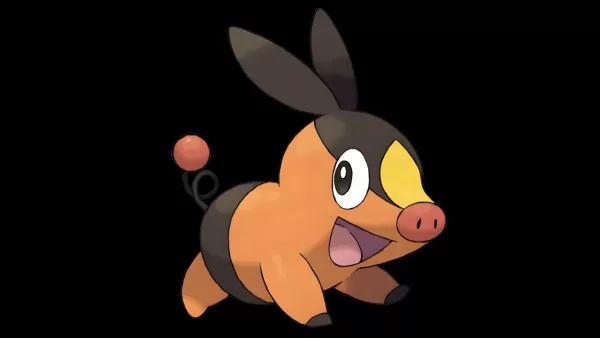 Games: Pokémon Black & White
Games: Pokémon Black & White
Starter options: Snivy (grass), Tepig (fire), Oshawott (water)
Full guide: IGN's Pokémon Black and White guide
Gen 5 makes for a more clear-cut decision, with the Fire type Tepig making the strongest claim for being the smartest pick. Grass type Snivy doesn’t quite make the cut as it only has an advantage over just one gym, nor any significant advantages over any Elite Four member, as well as being plagued by the various Bug and Flying types across the Unova region’s tall grass and boss battles. Water type Oshawott isn’t as embattled as Snivy, being the best choice to take on Clay’s Ground type gym and being resistant to Brycen’s Ice Pokémon, which are super effective against Snivy. But like the Grass type, there are no Elite Four members who lean into a type specifically tailored to Oshawott or its evolutions.
However, Tepig’s Fire abilities, and its final form, Emboar, also being a Fighting type, allow it to have a smoother ride through Unova. Firstly, Burgh’s Bug gym and Brycen’s gym are light work for a Fire type, the latter being the penultimate gym in the game. Alternative solutions will need to be found to make it through Clay’s Ground-based gym, but the same can be said for Oshawott as it arrives in Elesa’s Electric gym.
The Elite Four battles are where Emboar’s Fighting type comes in handy, being super effective against Grimsley’s Dark type Pokémon. Emboar is admittedly vulnerable to Caitlin’s Psychic types, but if you have a strong enough bench, this battle can easily be overcome.
Also working in Emboar’s favor are its strong attacking stats and the presence of Team Plasma, who have an abundance of Steel types. Having to fight the Elite Four twice makes Pokémon Black and White a tough challenge no matter who you choose, but Tepig can put your mind at ease more often than the others.
Gen 6: Fennekin
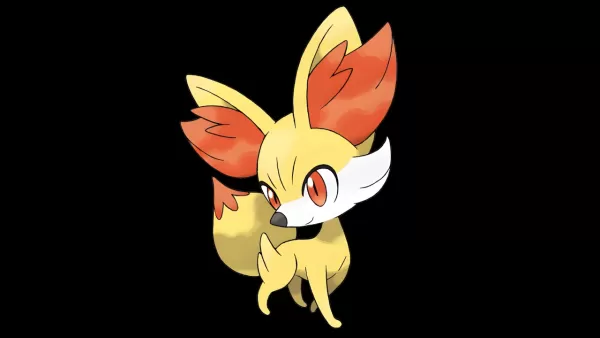 Games: Pokémon X & Y
Games: Pokémon X & Y
Starter options: Chespin (grass), Fennekin (fire), Froakie (water)
Full guide: IGN's Pokémon X and Y guide
Pokémon X and Y continue the dominance of Fire types on this list. The sixth generation has a quirk where you can choose from two sets of starters, first between the new bunch of Chespin, Fennekin, and Froakie, and later between the Kanto starters from the original games. For this list, we’ll focus on the starters unique to this game, of which Fennekin is the standout. The Fire Pokémon can almost stroll through the gyms, being super effective against three and resistant to two more. Though two of those gyms are in the early stages of the game, the final three being Fairy, Psychic, and Ice-based means that Fennekin’s third evolution, Delphox, now imbued with Psychic typing, can head off to the Pokémon League relatively unscathed.
Froakie evolves into Greninja, a Water/Dark type Pokémon, making it super effective against Olympia’s Psychic team but weak against Valerie’s Fairy types. Being a Water type mostly gets it into trouble, matching up poorly against Ramos’ Grass types and Clemont’s Electric types, something Grant’s early Rock gym doesn’t make up for. Chespin’s story makes for similar reading, struggling off the bat with Viola’s Bug gym and going on to gain a Fighting typing after evolving into Chesnaught, which leaves it at a disadvantage against Olympia and Valerie.
As the games progress, the Elite Fours get a bit more balanced. Pokémon X and Y is another example of a series of battles suited to a different type each time. You’ll want Water to overcome Malva, Fire to overcome Wikstrom, and Grass to overcome Siebold. Delphox just about has the edge, able to resist whatever Diantha’s Gardevoir throws at it.
Gen 7: Litten
 Games: Pokémon Sun & Moon
Games: Pokémon Sun & Moon
Starter options: Rowlet (grass), Litten (fire), Popplio (water)
Full guide: IGN's Pokémon Sun & Pokémon Moon guide
Rounding out this Fire type four-peat is Litten from Pokémon Sun and Moon. Despite having to struggle through the first couple of trials (the Alola region’s version of gyms, of which there are only seven), Litten is the obvious choice for the rest of the battles. Mallow’s Grass trial is the only lineup where each Pokémon is weak to Fire, but Sophocles’ Electric gym contains two Steel types and a Bug type. By the time you arrive at Acerola’s Ghost trial, you could have evolved Litten into the Fire/Dark type Incineroar, whose attacks will be super effective against the whole lineup, especially the Grass and Ice Pokémon in Acerola’s team.
The final trial, in which you must face Mina with her Fairy Pokémon, is a little more complicated because of Incineroar’s Dark typing. A regular Fire type would be able to resist Fairy attacks, but Incineroar is damaged normally by them. Helpfully, Mina has a Steel, Grass, and Bug type in her team.
Litten’s starter counterparts, Rowlet and Popplio, will find success with one of the first three trials, but will cease to have an advantage over any of the late-game battles. Rowlet’s evolution, Decidueye, gains Ghost typing, which is a blessing and a curse for Acerola’s trial, but doesn’t garner much of an advantage elsewhere. Popplio evolves into the Water/Fairy type Primarina, but that doesn’t affect its fortunes with the trials at all.
Sun and Moon’s Elite Four are just a small fraction of what awaits you in the Pokémon League. After becoming champion yourself, you face challenges from 10 more trainers looking to take your place. These battles, on top of the Elite Four themselves, are too diverse for any starter to have any advantage over the other, meaning Litten’s ability to clear the trials is even more vital. The Alola region also introduces just eight Fire Pokémon in comparison to Grass and Water’s 13 (after the series had become more balanced in that regard), so snapping Litten up early is a great aid.
Gen 8: Sobble
 Games: Pokémon Sword & Shield
Games: Pokémon Sword & Shield
Starter options: Grookey (grass), Scorbunny (fire), Sobble (water)
Full guide: IGN's Pokémon Sword and Shield guide
Sobble’s victory over Grookey and Scorbunny might be the closest of the lot. All three Pokémon are the best picks against three gyms, with Gordie and Raihan’s Rock and Ground gyms being perfect for Sobble and Grookey, and Melony’s Ice gym and Opal’s Fairy gym being tailor-made for Scorbunny. Additionally, the first three gyms are Grass, Water, and Fire typed, in that order, lending no advantage to any of the three starters. Raihan’s gym being the final one gives it a bit more importance, so the gym battles give a hair’s breadth of a lead to Grookey and Sobble.
The Galar region’s version of the Elite Four, The Champion Cup, allows Sobble to just inch past Grookey in the standings. None of these Pokémon’s final evolutions gain any new types, making them work with what they’re given from the start. The semi-final opponents don’t lean any particular way, but Bede's Fairy Pokémon, followed by Nessa’s Water types and Raihan’s Fire and Ground-heavy Dragon team, favor Fire, Grass, and Water respectively. If success against the toughest opponents is most valued, then Sobble just about edges victory here.
Other considerations like the rivals, Team Yell, and random encounters are even less impactful than normal in Pokémon Sword and Shield. Team Yell uses mostly Dark types, which attack and defend normally against Fire, Water, and Grass types, and the introduction of overworld Pokémon means random encounters happen less. If there’s any other factor that tips the scales towards Sobble, it would be that its final evolution, Inteleon, has a nicely balanced set of stats.
Gen 9: Fuecoco
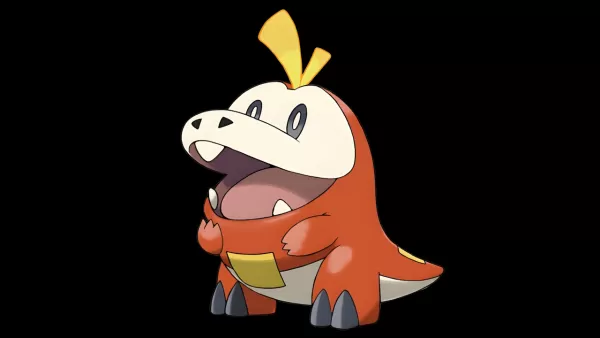 Games: Pokémon Scarlet & Violet
Games: Pokémon Scarlet & Violet
Starter options: Sprigatito (grass), Fuecoco (fire), Quaxly (water)
Full guide: IGN's Pokémon Scarlet and Violet guide
The sixth Fire type to be chosen on this list is one of the clearest winners. You might think that Pokémon Scarlet and Violet’s focus on player freedom might allow for little separation between Sprigatito, Fuecoco, and Quaxly—you can do the gyms and raid Team Star bases in any order you like and you can avoid encounters with wild Pokémon almost entirely. But even with all of that, the Paldea region feels designed to be dominated by Fuecoco.
The gyms in Scarlet and Violet don’t level scale, so if you have a bad matchup, you can just return once you’re able to power through a disadvantage. Still, the highest-level gyms being Psychic/Fairy and Ice types, courtesy of Tulip and Grusha, and the two lowest-level gyms being Katy and Brassius’ Bug and Grass types, means there’s a good reason to go with Fuecoco (and its Ghost type final evolution, Skeledirge) regardless of your strategy. Being a Water type, Quaxly isn’t strong against any gym until it reaches its third form, Quaquaval, where it becomes a Fighting type, helping it in Larry’s Normal type gym. Sprigatito fares a bit better, evolving into Grass/Dark type Meowscarada, enabling it to best Tulip’s gym and Ryme’s Ghost gym.
The Team Star base raids place even more importance on what starter you pick, being vital to the story progression of the game. The crews based around Dark and Poison Pokémon have an abundance of Bug Pokémon that must be cleared before you can face the boss, while crews based around Fairy and Fighting types are perfect for Skeledirge, who is immune to attacks from the latter. Quaquaval and Meowscarada are worthy opponents for the first member of the Elite Four, Rika, and her Ground Pokémon, but from Poppy’s Steel team onwards, Skeledirge finds itself miles ahead of the competition.
The Best Starter Pokémon
The Best Starter Pokémon
Latest Articles




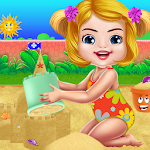
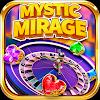



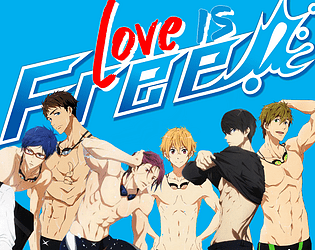

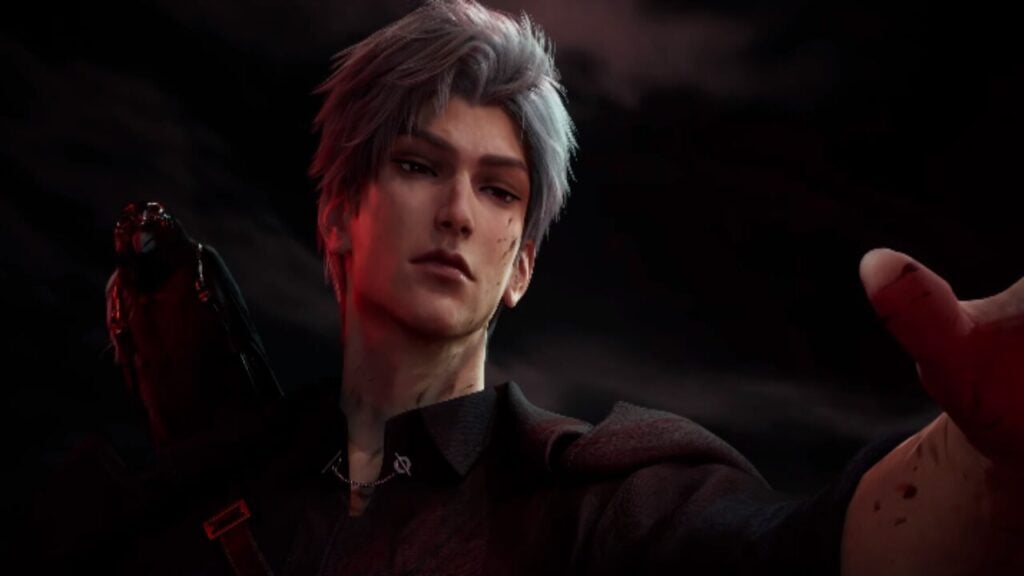
![Roblox Forsaken Characters Tier List [UPDATED] (2025)](https://images.dyk8.com/uploads/18/17380116246797f3e8a8a39.jpg)
